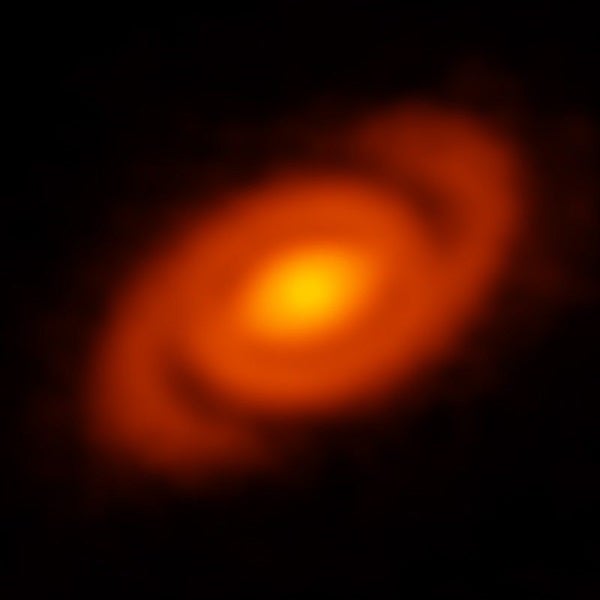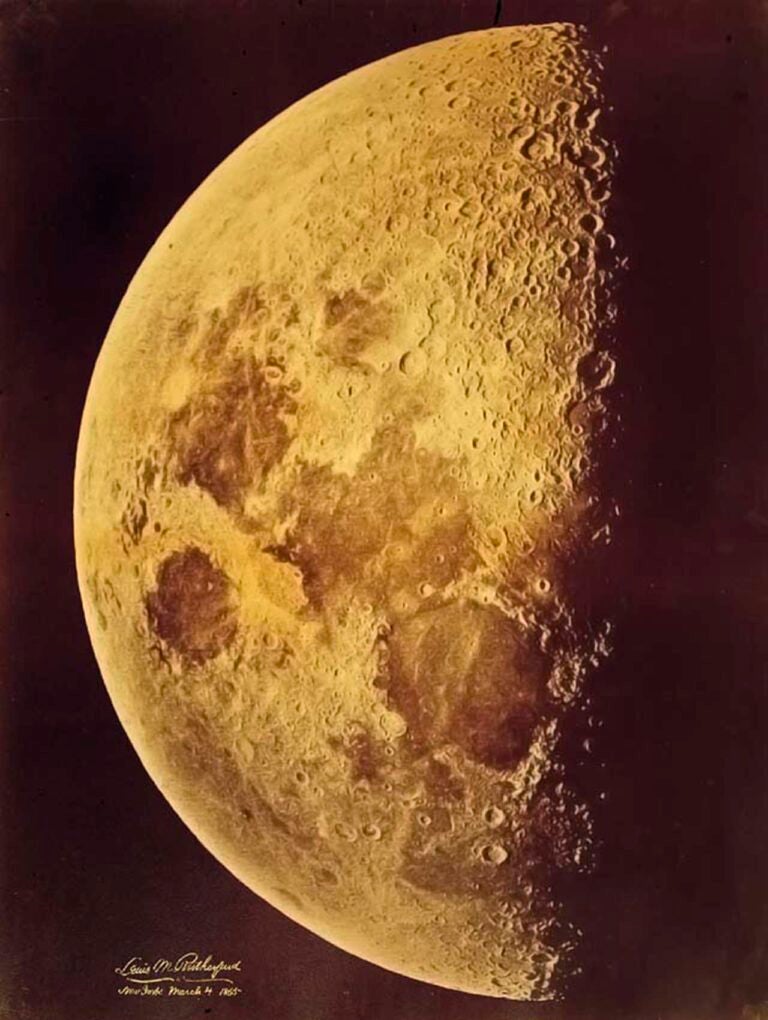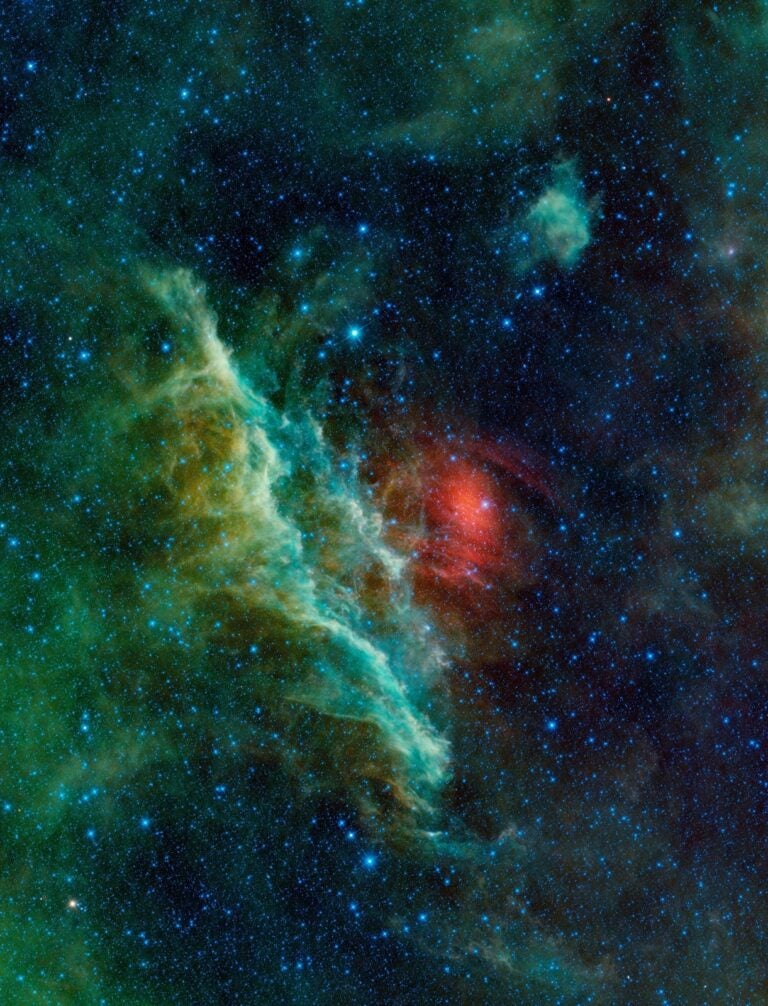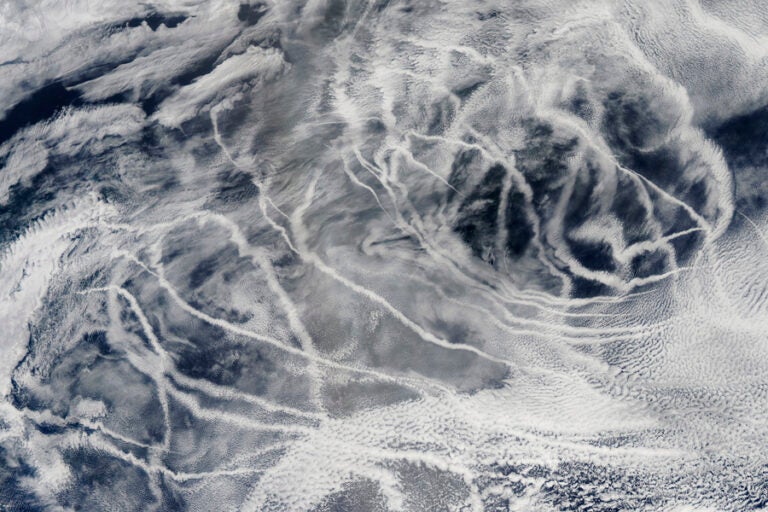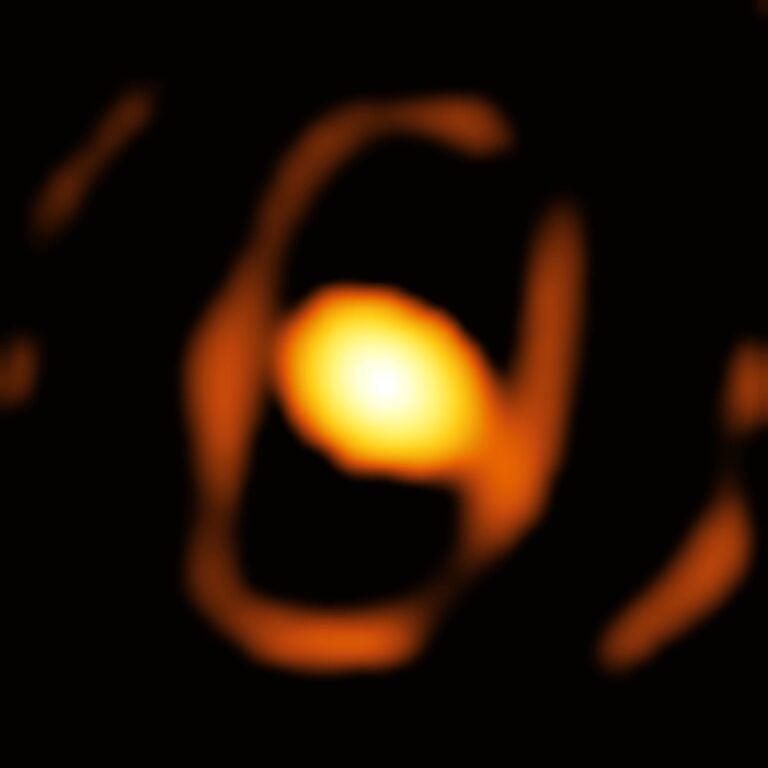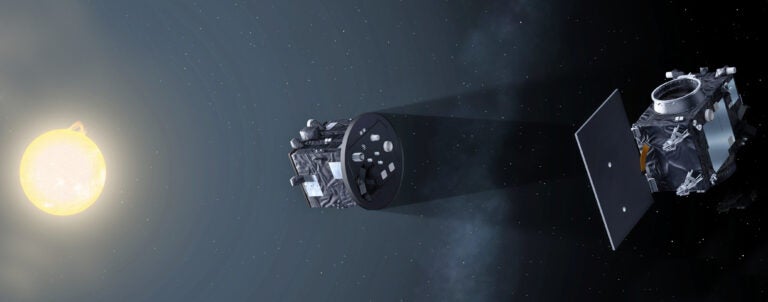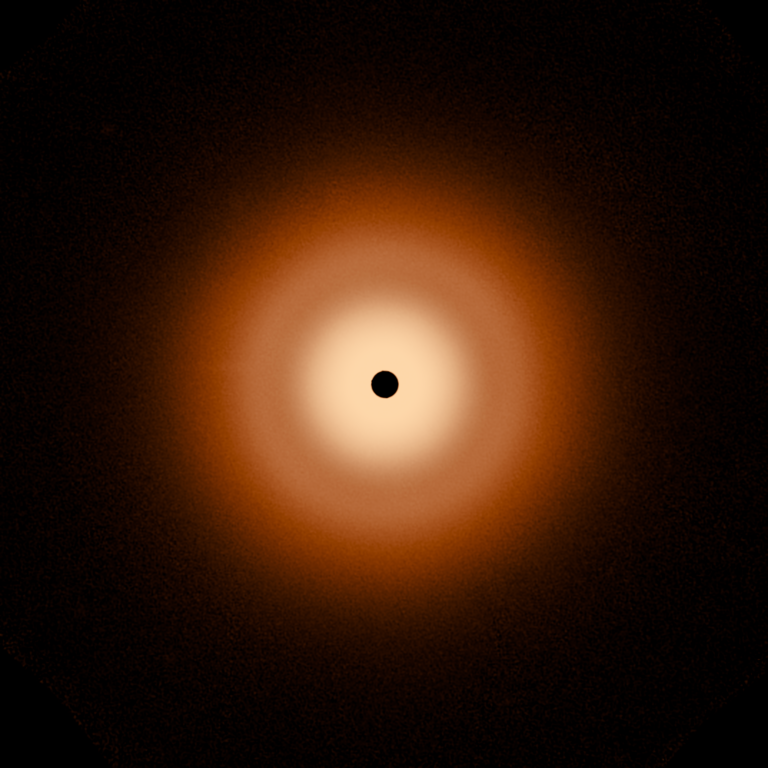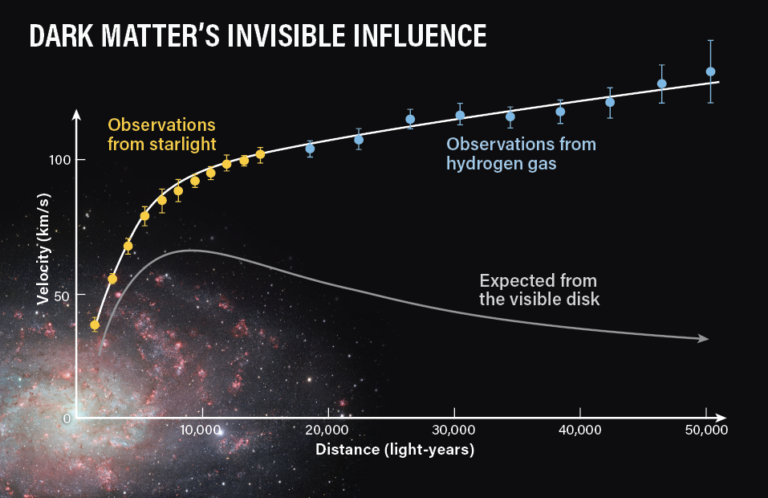This photo shows a spiral structure on the protoplanetary disk. Planets form from these disks of gas and dust around newborn stars, but it’s not yet known how such small particles can become as large as Saturn or Jupiter. These spiral arms could solve that mystery though.
The findings were published in Science AAAS.
Spiral arms, along with their gravitational influence, could be throwing off the usually uniform structure of the disk. Planets tend to form quicker in areas with higher particle density because in areas where the gravitational pull is uneven, rock collisions become far more likely.
Laura M. Pérez, author from the Max Planck Institute for Radio Astronomy, said in a press release, “The observed spirals in Elias 2-27 are the first direct evidence for the shocks of spiral density waves in a protoplanetary disk. They show that density instabilities are possible within the disk, which can eventually lead to strong disk inhomogeneities and further planet formation.”
While discovering the spiral arms may explain how planets are formed, it is still unclear what causes the spiral arms.
Source: Gizmodo

